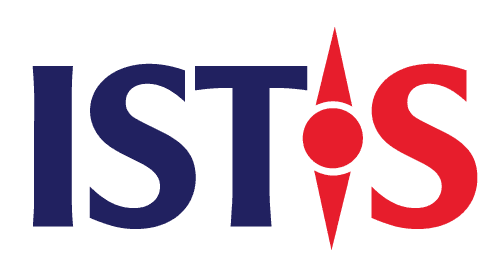At the recent Da Nang Fintech Summit 2025, held over the weekend, Le Hoang Phuc, Deputy Director of Da Nang Investment Promotion and Support Board and Director of the Da Nang Center for IC Design Training and Artificial Intelligence Research and Training, presented a comprehensive vision for the city’s technological future.
Phuc emphasized that Da Nang is not just a top-tier tourist destination but increasingly a “promised land” for high-potential sectors such as fintech and artificial intelligence (AI).
“We are sharing a vision of how to build an international financial and high-tech center — inviting global partners to develop business and investment here in Da Nang,” Phuc stated at the beginning of his keynote.
Strategic Infrastructure: 4 of Vietnam’s 7 IT Parks Located in Da Nang
To turn this vision into reality, Da Nang has spent decades investing in technological infrastructure. Phuc offered a compelling comparison: out of seven national information technology parks in Vietnam, four are located in Da Nang.
This concentration of resources underscores the city’s long-standing strategic commitment. “That means over the past 25 to 27 years, generations of Da Nang leaders have consistently dedicated land and resources to support high-tech and IT sectors,” Phuc asserted.
With this foundation, Da Nang is well-positioned to support strategic industries such as fintech, blockchain, AI, and semiconductor technology. In addition to dedicated IT zones, the city also boasts reliable power supplies, modern data centers, high-speed telecom networks, and clean water systems — ensuring a seamless and efficient operating environment for technology enterprises.
A “Golden” Talent Pool: High-Quality, Cost-Competitive Workforce
A thriving tech ecosystem relies on talent — and Da Nang presents a rare dual advantage in both quality and affordability of human capital.
First, the city is home to a robust and well-trained talent pipeline. According to Phuc, Da Nang has over 38 institutions offering education and training in high-tech fields. “Each year, more than 25,000 students graduate, including nearly 6,000 with IT-related degrees,” he noted. This produces a young, skilled, and committed workforce ready to collaborate with global partners.
Second, Da Nang offers a highly cost-competitive labor market. Phuc pointed out: “Our graduates are of comparable quality to those from other cities, but salaries in Da Nang are noticeably lower than in Hanoi or Ho Chi Minh City.”
Combined with Da Nang’s reputation as “one of Vietnam’s most livable cities,” this quality-to-cost ratio represents a significant draw for investors. “It’s even cheaper than you think,” Phuc emphasized.
Unprecedented Incentives and a Flexible Sandbox Policy
Perhaps the most powerful element in Da Nang’s investment strategy is its unparalleled financial incentive package, tailored specifically for high-tech industries through the city’s International Financial Center (IFC) framework.
Phuc described these as “the most generous incentives, even more favorable than those for semiconductors or AI.” Specifically, fintech companies are eligible for a corporate income tax rate of just 10% for up to 30 years — a striking figure compared to the already-attractive 15-year incentives for other high-tech sectors.
Beyond corporate tax breaks, Da Nang is also focused on attracting top global talent. The city offers up to 35% personal income tax exemptions until 2030, giving high-quality professionals a compelling reason to relocate and stay.
Startups are also welcomed with open arms. Capital gains from mergers and acquisitions (M&A) will be exempt from income tax, while other taxes — including VAT, import, and export duties — will also be waived or reduced, creating a comprehensive incentive package that paves the way for robust tech investment.
Da Nang is not stopping at financial benefits. The city is also pioneering a flexible regulatory sandbox environment to encourage innovation. “The city and central government are committed to creating more sandbox frameworks — more incentives for you to test your ideas and pilot your projects in a risk-free space before they go to market,” said Phuc.
This sandbox model allows fintech and AI companies to develop and trial new solutions without being constrained by traditional regulatory frameworks.
The Road to Becoming Asia’s New Tech Powerhouse
With its three-pillar strategy — world-class infrastructure (home to four of Vietnam’s seven ICT zones), a high-quality and affordable workforce, and unmatched incentive policies paired with regulatory flexibility — Da Nang is confidently positioning itself as Asia’s next Silicon Valley.
This ambition is not wishful thinking. It is grounded in long-term investment, strategic foresight, and a commitment to building a thriving, innovation-driven economy — one that could redefine Vietnam’s and Southeast Asia’s technological landscape in the years ahead.
Source: vietnambiz







